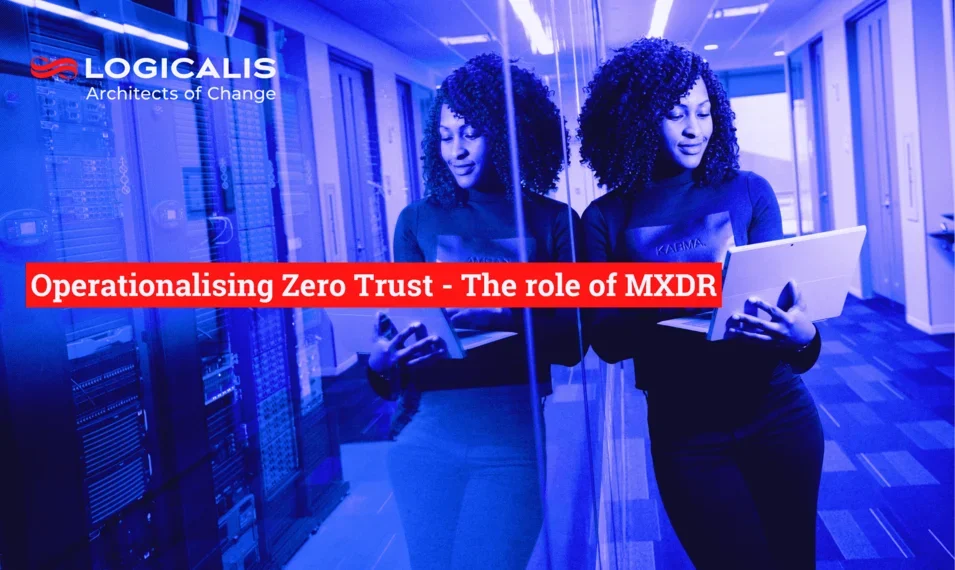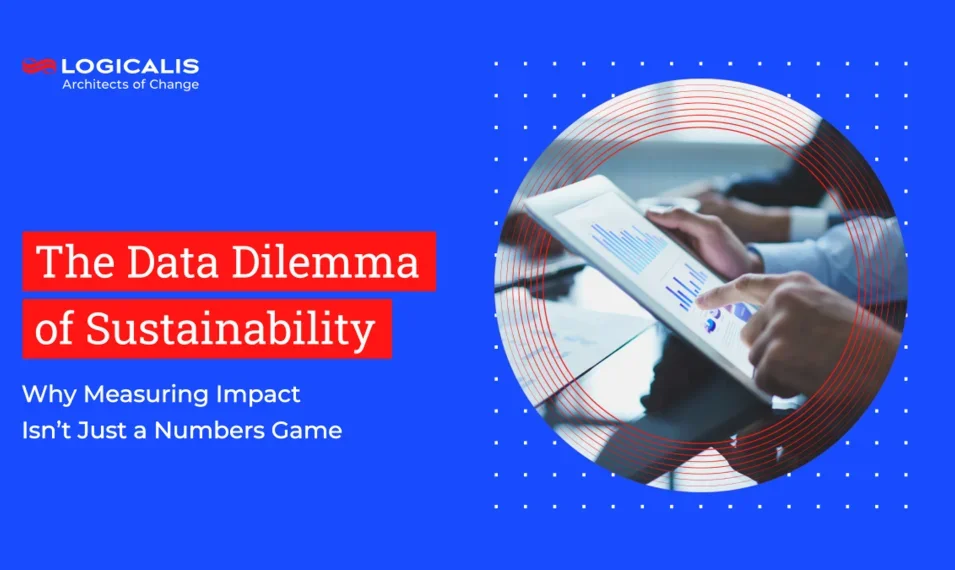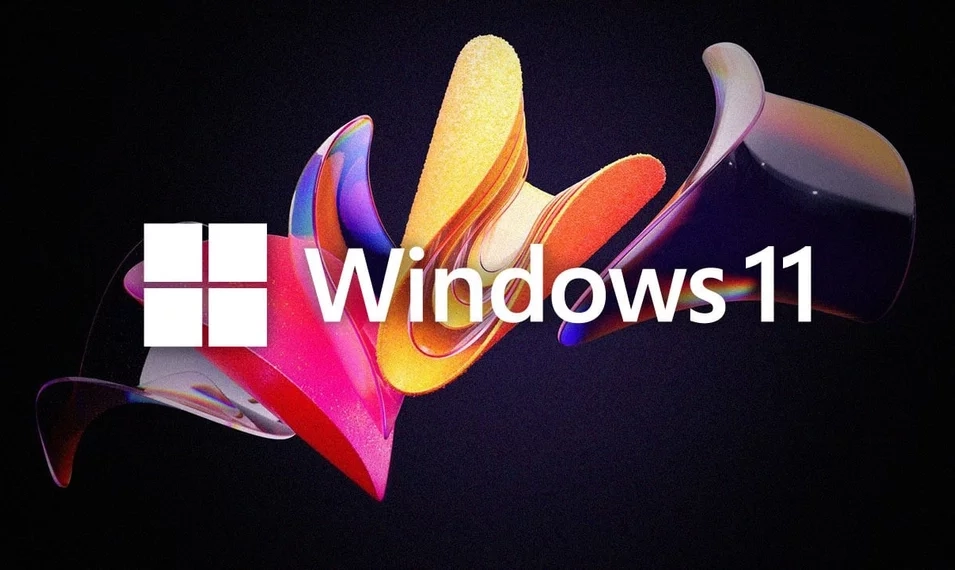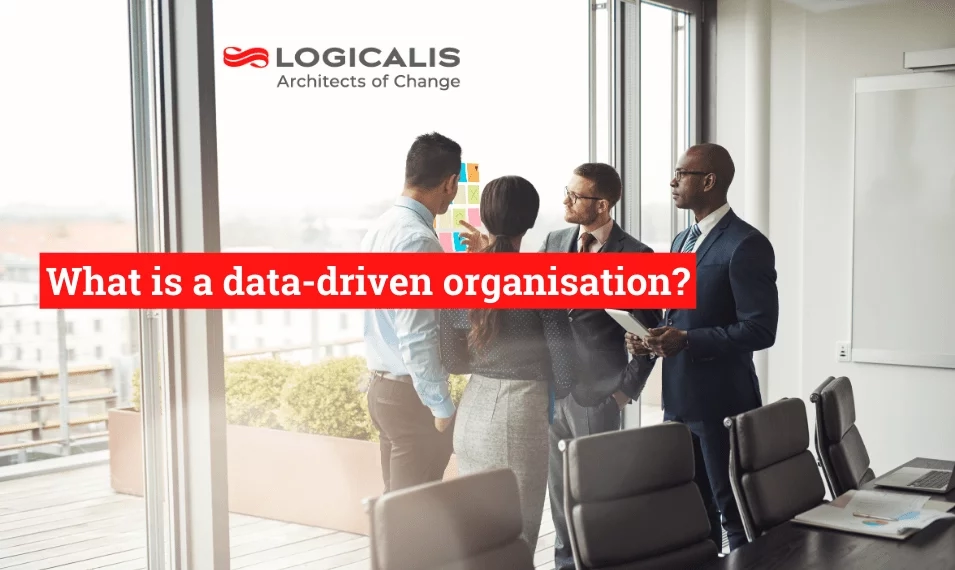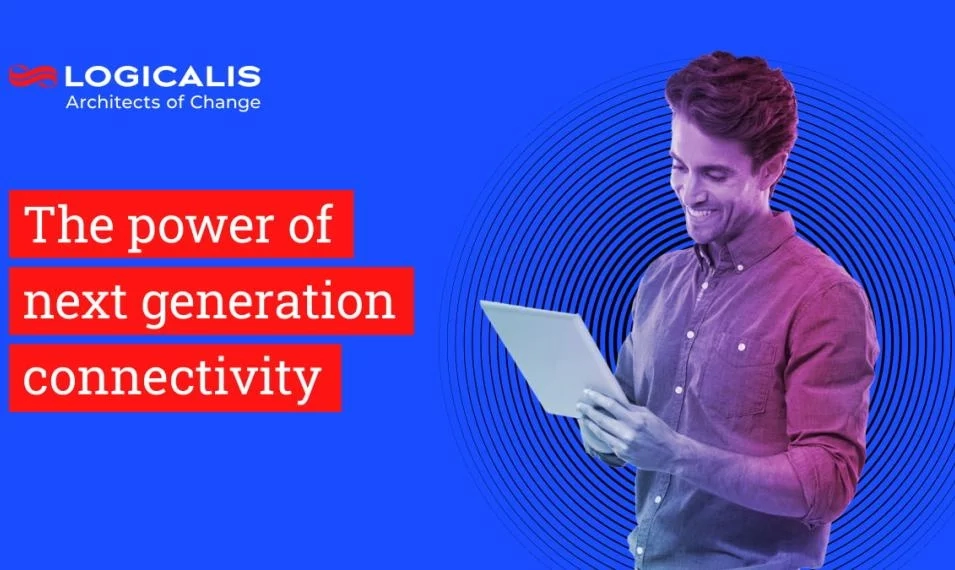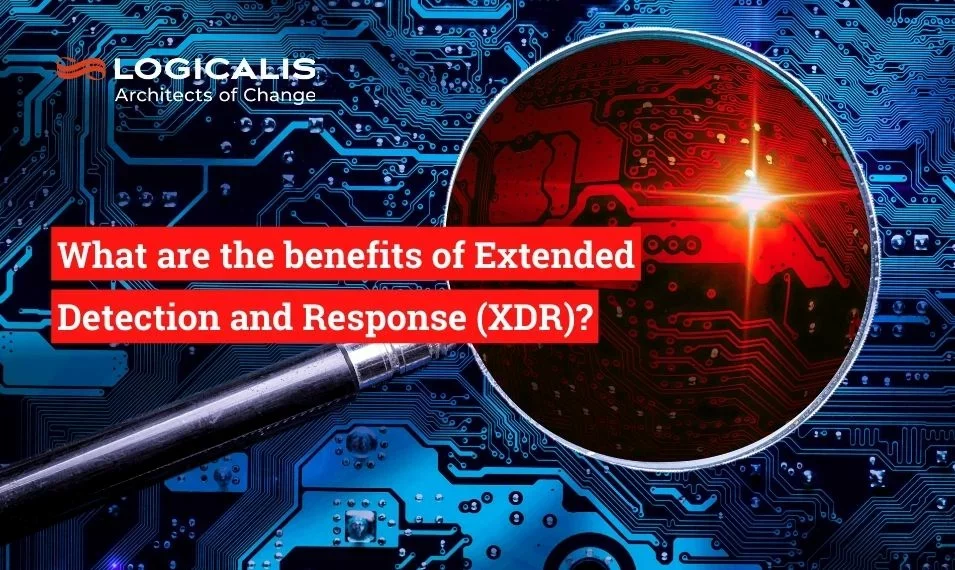
South Africa, Apr 2, 2025
Extended Detection and Response, or XDR, is a powerful security solution that uses a unified security platform empowered by AI and automation. It helps to detect advanced cybersecurity threats and allows organisations to respond quickly.
XDR, combined with Zero Trust, is a new way of thinking about an organisation’s cybersecurity posture and responding to the evolving threat landscape. There are many arguments in favour of adopting XDR and we’ll highlight some of the significant benefits below.
Full visibility of cyberattack chains
XDR provides a comprehensive level of visibility into the path that a cyberattack or emerging threat takes. This allows analysts to efficiently triage and respond to threats as they happen.
It is important to remember that visibility must be actionable. Seeing an attack chain isn’t enough and it is vital that the security team can connect the dots before the real damage occurs.
XDR links signals across endpoints, networks, email and the cloud. Underlying data quality must be good and integrations strong to get the maximum benefit from XDR efforts.

Unified threat detection
XDR collects data from endpoints, servers, networks and emails and then correlates that data into actionable information for security analysts and threat hunters.
Large volumes of alerts are an issue in many security environments, so it's necessary to have both XDR and human expertise to handle sophisticated threats and optimise the system over time.
Automation of workflows
The use of AI and automation with XDR allows for rapid prioritisation of threats. This again increases the speed at which security teams can respond to threats.
It is important to remember that automated systems can only automate at the quality level of the inputs. Automation needs to be properly tuned to get the most benefit out of automation tools and strategies.
Elimination of false-positive alerts
Traditional security solutions can generate a lot of false positive alerts. XDR automates alert analysis and frees up security teams to focus on high-priority threats and actual alerts.
False positives can still be an issue if the quality of your data and the correlation logic are lacking.
Integrated response tools
XDR solutions generally have all the response tools built into a single system, which means that analysts don’t waste time by having to switch between tools when responding to threats.
Certain response actions and complex incidents may still require manual intervention. Organisations must also choose their XDR vendor carefully as there may be integration issues with the existing security tech stack.
Centralised management (single pane of glass)
One of XDR’s biggest benefits is that it allows centralised management of the entire system from one dashboard. This allows monitoring of all data points and vulnerabilities across the organisation from one location.
Organisations must ensure that the dashboard is properly integrated and configured so that it becomes an asset for security analysts.
AI-empowered threat profiling and response
XDR is an excellent example of using artificial intelligence to scale and optimise cybersecurity protection. AI can automatically detect and respond to a large variety of threats without immediate analyst intervention.
AI machine learning can also collect information on identified threats and create profiles for analysts to review. This empowers both the automated aspect of the organisation’s XDR system and the skillsets of human security analysts.
However, the rapid developments in AI will require security analysts who are able to make sense of what AI misses or misinterprets.
Cost savings on security tools and applications
XDR can free up resources by consolidating the functions of various independent security tools and solutions into one system. This means that the organisation does not have to invest in a large suite of tools and software, thus preventing expensive tool sprawl.
Budgetary considerations will still need to be given to licensing, implementation and training.

Proactive vs reactive threat response
When responses to threats take place is often just as important as whether such responses take place at all.
With XDR, security analysts and built-in AI can spend more time proactively hunting for threats.
This allows the organisation to deal with threats before they cause real and lasting damage.
AI tooling can assist with further optimising SOC and security team efforts through streamlining alerts.
Improves governance and compliance efforts
XDR collects many critical reports and logs, which makes it easier for the organisation to comply with governance and compliance regulations. This also helps to safeguard the organisation’s reputation, but must be combined with consistent risk management tactics and human oversight.
Companies that fail to adequately protect their customers and suppliers’ data are often at severe risk of reputational damage in the event of cyberattacks or hacks.
XDR may require a significant initial investment, but the short and long-term benefits far outweigh the costs.
According to Gartner, Worldwide end-user spending on information security is projected to total $212 billion in 2025, an increase of 15.1% from 2024.
The cyber arms race is ramping up in terms of costs and risks, and XDR is one of the best moves an organisation can make to safeguard itself in 2025 and beyond.
Need help with setting up XDR or want XDR as a managed service for your business?
Logicalis has global expertise in XDR solutions from both Cisco and Microsoft, which places us in an ideal position to help you get the best possible protection for your organisation’s digital environment.
For more information on our managed XDR (MXDR) solutions, click here




